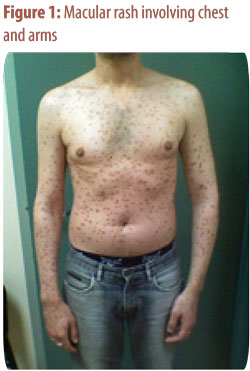A Facial Rash Recalcitrant to Treatment with Topical Corticosteroids
A Facial Rash Recalcitrant to Treatment with Topical Corticosteroids
Members of the College of Family Physicians of Canada may claim one non-certified credit per hour for this non-certified educational program.
Mainpro+® Overview


